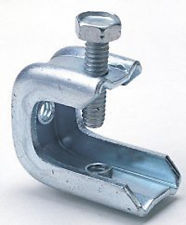 The issue of damper clamps can be confusing, not just to homeowners but to home inspectors, utility companies, government building departments and even amongst chimney professionals. In many cases, this issue rears its ugly head during the stressful time of purchasing or selling a home.
The issue of damper clamps can be confusing, not just to homeowners but to home inspectors, utility companies, government building departments and even amongst chimney professionals. In many cases, this issue rears its ugly head during the stressful time of purchasing or selling a home.
What is a damper clamp?
Damper clamps are also referred to as damper stops, damper locks or damper flue clamps, but the terms are all synonymous. They are typically a small C-clamp or steel beam clamp. The damper clamp is designed to lock the damper in a fully-open position. The damper is the metal plate that closes off the flue pipe. The purpose of the damper is to prevent heat loss from the home.
When is a damper clamp required?
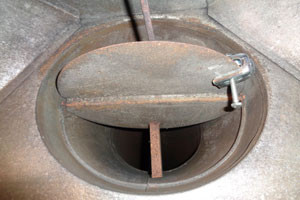
A damper clamp is required by code when artificial gas logs or a log lighter are present in an open fireplace. When gas logs are in use, the fuel (whether natural gas or propane) is going through the combustion process. The by-product from combustion is carbon monoxide, which is a colorless and odorless gas. If the damper is not open, the carbon monoxide cannot be exhausted up and out like it should, but instead will be drawn into the living area in which case the homeowners can get very sick and, in extreme cases, may die.
According to page 234 of the 2016 California Building Energy Efficiency Code for Residential and Non-Residential Building, Sub-Chapter 7/Section 150.0, 1C: ” When a gas log, log lighter, or decorative gas appliance is installed in a fireplace, the flue damper shall be blocked open …”
Why is a damper clamp required with gas logs?
If you’re burning wood in your fireplace and you forget to open the damper, you’re going to know it right away because the room will fill with smoke. If you’re burning gas logs and you forget to open the damper, you could become very sick or, in extreme cases, you can die because the gas loses its odor and is colorless, odorless and toxic and now spilling into the living area. For that reason, code requires the damper is locked in a FULLY-OPEN position so you can’t make that mistake.
Damper clamps are especially critical in the case of rental properties where the fireplace has artificial gas logs or a log lighter. If a tenant forgets to open up the damper and death results, besides the horrific loss of life, the heirs of the tenant will sue the homeowner and/or property management company due to the negligence of not having a damper clamp to lock the damper open.
Can the damper be locked partially open?
Manufacturers’ installation instructions for artificial gas log sets specifically say that dampers must be locked in a “FULLY-OPEN POSITION.” Some professional installers will lock the damper partially closed to reduce the heat loss from the home when the gas logs are not in use as well as to bring more heat into the room when the gas logs are in use. However, a partially-closed damper may restrict the draft enough to cause gas spillage into the living area when the gas logs are on. For that reason, gas log manufacturers specifically state that the dampers be locked fully open. Professional gas log installers may open themselves up to liability if they lock the damper partially closed.
With the damper locked open, how can I prevent heat loss from my home?
When not in use, a fully-open damper is like having an open window all the time and you will lose a great deal of heat from your home. This is a major disadvantage to gas logs or a log lighter. Even if you’re not using the gas logs and you turn on your central heater or furnace, it may actually draw the cold air down the flue and into the room, bringing the cold air in. To prevent heat loss, install glass doors in front of the fireplace. Keep in mind, in the case of prefab fireplaces, glass doors are not always available or listed with the system so glass doors may not always be a viable option for prefab systems.
Be very careful about putting glass doors on prefab fireplaces. You can only put the EXACT glass doors that are SPECIFICALLY designed for that exact manufacturer and exact model of the system. If you put on the wrong glass doors on a prefab fireplace, you will void out the listing on the system and can cause a potentially dangerous situation because the prefab system can overheat during a fire.
Is a damper clamp required with a log lighter used with wood burning?
There is a wide range of opinions on this question and the answer is that a damper clamp is still required with a log lighter. A log lighter is a round pipe under the grate, used to easily start a wood fire. You place the wood on the grate, turn on the gas and after about 10 minutes, turn the gas off. There’s no need for newspaper or kindling and it makes it very easy to start a wood fire. According to the above-stated code, if there is a log lighter present inside the firebox, the damper must be locked fully open. However, if the firebox is plumbed for gas but the gas is capped off, no damper clamp is required.
Having a damper clamp in place with gas logs or a log lighter is frankly a no-brainer, not only for the safety for you, your family members and/or tenants but for your liability as well. The lack of a damper clamp with gas logs or a log lighter WILL also be noted by a home inspector during a home sale. Some local utility companies will “red tag” your system if a damper clamp is not installed. A damper clamp is a critical safety issue when you have artificial gas logs or a log lighter!
One last caveat: Check your local jurisdiction to see what your local codes are for your area. This above-mentioned code is a California Code.
[This blog was updated as of 3/27/18.]

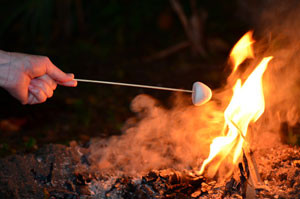
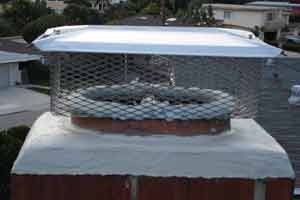
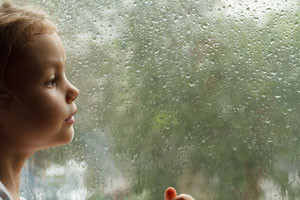

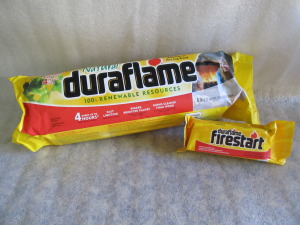
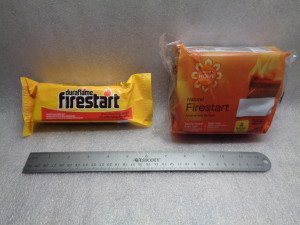
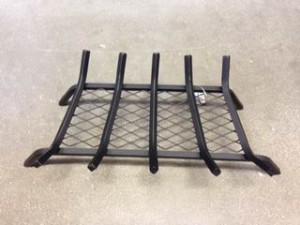
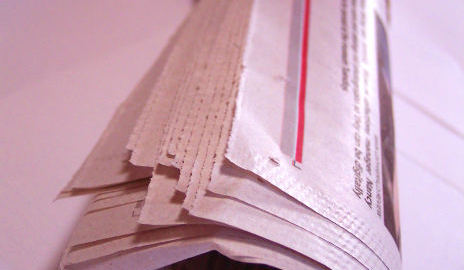
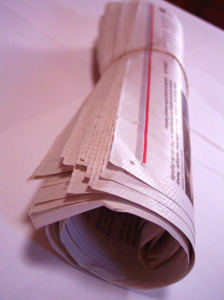
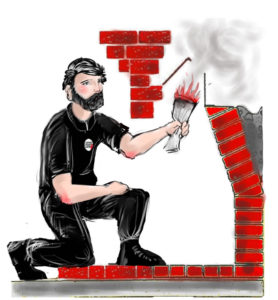
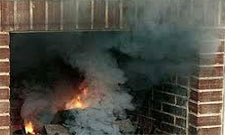
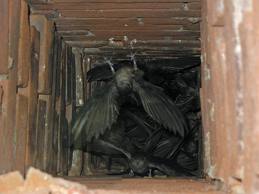
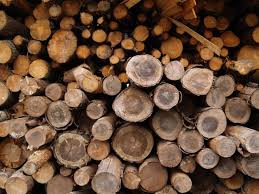
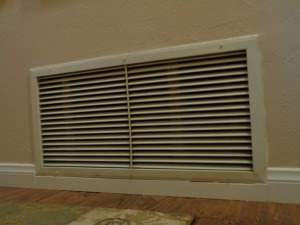 air intake (cold air register) is close to or in the same room as the fireplace
air intake (cold air register) is close to or in the same room as the fireplace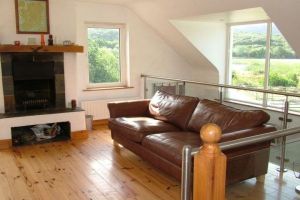
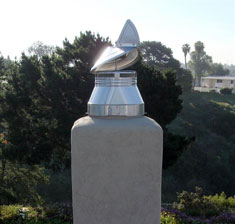
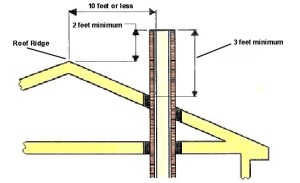
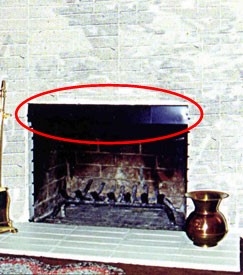

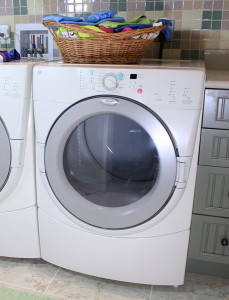
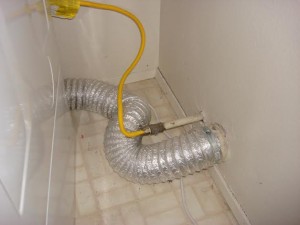
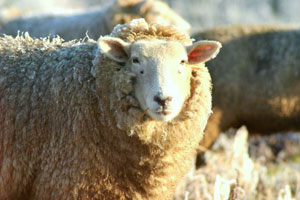
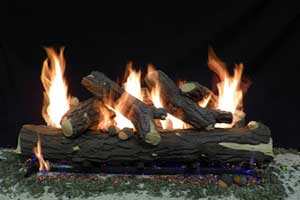
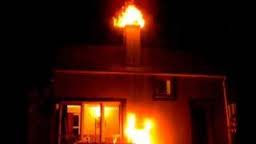
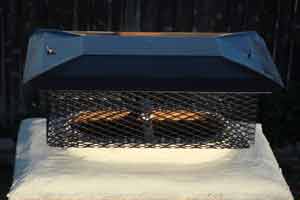
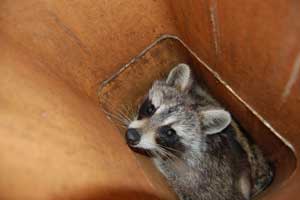 chimney, it will create a blockage in the chimney, making it unsafe to use the fireplace. On another note, if an animal dies inside the chimney, the smell will be horrendous, making the house unlivable for a period of time.
chimney, it will create a blockage in the chimney, making it unsafe to use the fireplace. On another note, if an animal dies inside the chimney, the smell will be horrendous, making the house unlivable for a period of time.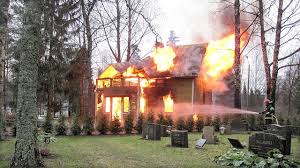
 e most mainstream is the Chimney Safety Institute of America (CSIA). To become certified, an individual is required to take a test every three years based on the International Residential Code, the National Fire Protection Association 211 Manual, the Successful Chimney Sweeping Manual, and then sign a strict code of ethics. To find a CSIA Certified Chimney Sweep, go to the CSIA website at
e most mainstream is the Chimney Safety Institute of America (CSIA). To become certified, an individual is required to take a test every three years based on the International Residential Code, the National Fire Protection Association 211 Manual, the Successful Chimney Sweeping Manual, and then sign a strict code of ethics. To find a CSIA Certified Chimney Sweep, go to the CSIA website at 